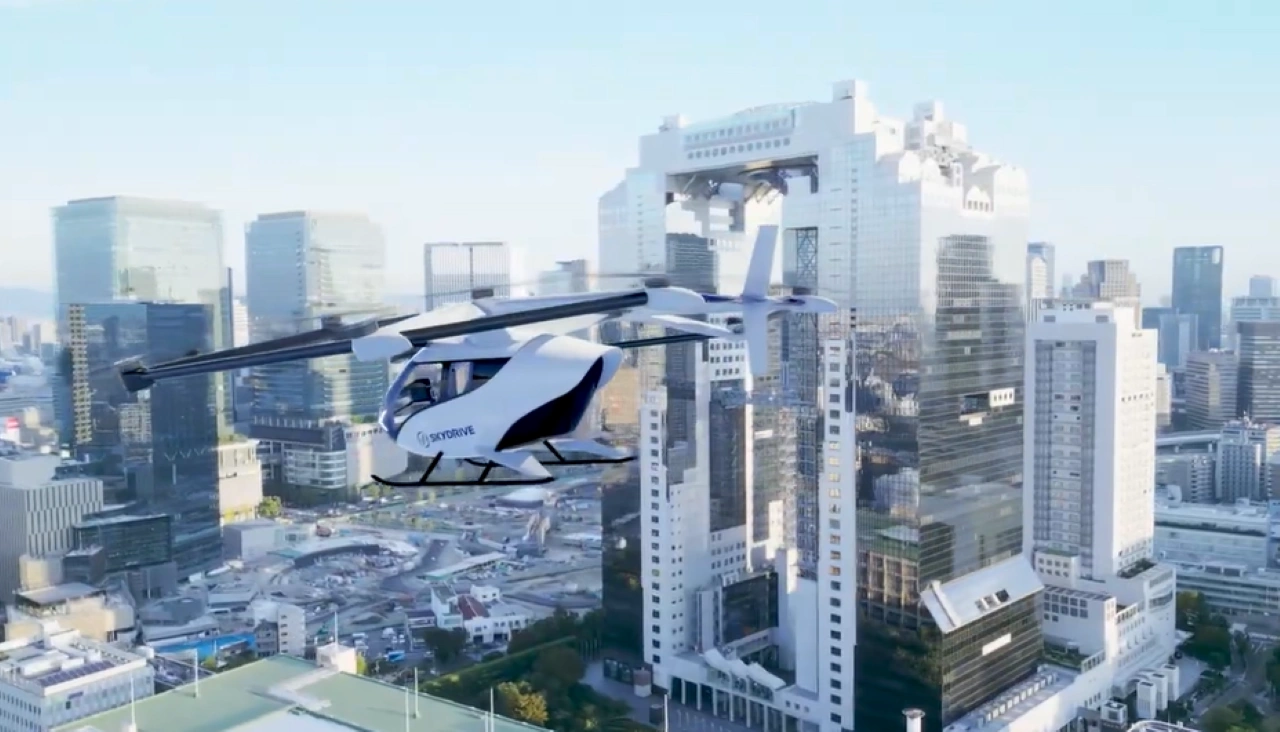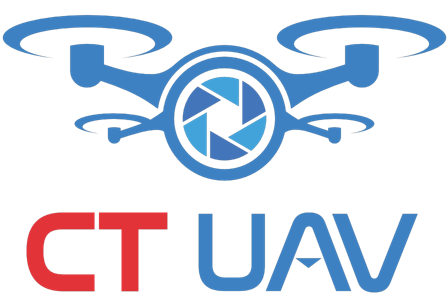Japan is poised to embrace a groundbreaking transformation in urban mobility as SkyDrive, a leading developer of electric vertical take-off and landing (eVTOL) vehicles, partners with Osaka Metro to establish the first aerial taxi network in Osaka. This initiative aims to connect four critical locations within the city, including:
Shin-Osaka/Umeda – A bustling financial and commercial hub
Morinomiya – A key transit node, set to host the inaugural service
Tennoji/Abeno – A vibrant district featuring major commercial and tourism centers
Osaka Bay Area – A rapidly developing zone with large-scale infrastructure projects
Research suggests that these areas are pivotal in shaping the future of urban mobility, where eVTOL technology could effectively mitigate congestion and enhance intra-city transportation efficiency.
From Vision to Reality: What Sets Aerial Taxis Apart?
Unlike conventional transportation modes, eVTOLs possess the capability for vertical takeoff and landing, operate entirely on electric power, and significantly reduce both emissions and noise pollution. Notably, dedicated vertiports will be strategically integrated with the existing subway, bus, and taxi systems to maximize connectivity within the public transportation network.
Far from being a mere experimental endeavor, the aerial taxi initiative in Osaka follows a well-defined roadmap:
2026: SkyDrive aims to obtain certification from the Japan Civil Aviation Bureau (JCAB) and the U.S. Federal Aviation Administration (FAA).
2028: The first operational flight route is scheduled to launch in Morinomiya.
2030: The aerial taxi network is expected to expand citywide.
Osaka Metro, which operates eight subway lines and an autonomous rail line, is actively engaged in the development of vertiports, including those planned for the upcoming Osaka Expo site.

Expanding Horizons: SkyDrive’s Global Ambitions
Beyond Japan, SkyDrive is progressively extending its reach into international markets. In the United States, the company has partnered with SAI Flight and Greenville Downtown Airport (South Carolina) to develop commercial flight routes, including a planned service linking Greenville–Spartanburg International Airport with the city center. SAI Flight has also pre-ordered ten SkyDrive eVTOLs to facilitate future aerial taxi services.
In South Korea, SkyDrive has entered into an agreement to supply 50 eVTOL units to Solyu, a firm specializing in aircraft financing and leasing. This initiative is regarded as a promising solution to alleviate severe traffic congestion in the country’s major metropolitan areas.
Simultaneously, SkyDrive has forged a strategic alliance with FEAM Aero, a prominent U.S.-based aviation maintenance corporation, to provide technical support and accelerate the expansion of aerial taxi networks across the country. Moreover, the company is collaborating with local governments to establish a regional airport infrastructure dedicated to eVTOL operations.
Technology Shaping the Future
To materialize this ambitious vision, SkyDrive continues to refine its technological capabilities and optimize vehicle design. The company has partnered with Braid Technologies, leveraging artificial intelligence (AI) to analyze and generate thousands of optimized design models, thereby enhancing eVTOL performance and efficiency.
In terms of manufacturing, SkyDrive has joined forces with Suzuki to establish a production line for eVTOLs at the Shizuoka plant in Japan, with an annual capacity of up to 100 units. Additionally, to support operational infrastructure, SkyDrive is collaborating with the Kansai Electric Power Company (KEPCO) to construct fast-charging stations, with the first station expected to become operational within the year.
Aerial Taxis: The Future of Urban Transportation?
SkyDrive has secured a funding package of $82 million from the Japanese government as part of a national initiative to foster innovation in next-generation aviation technology. This substantial investment underscores Japan’s strong commitment to integrating aerial taxis as a mainstream mode of transportation in the near future.
No longer a distant prospect, aerial taxis are progressively becoming an integral component of urban mobility, offering a swift, adaptable, and environmentally sustainable transportation solution. With sustained innovation and strategic execution, Osaka could emerge as one of the world’s pioneering cities in successfully implementing an aerial taxi network, heralding a new era of intelligent urban transportation.
Cre: IoT World Today
